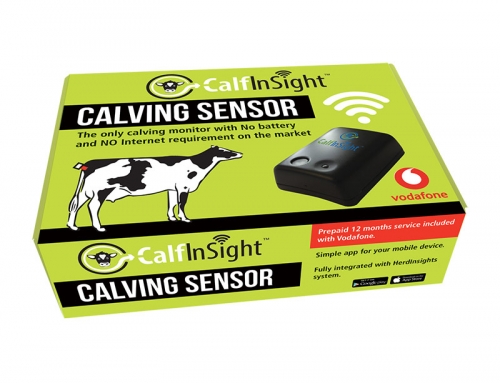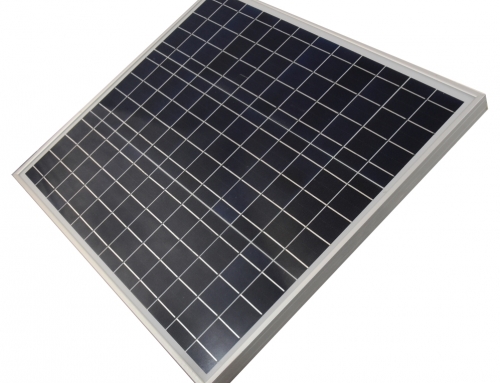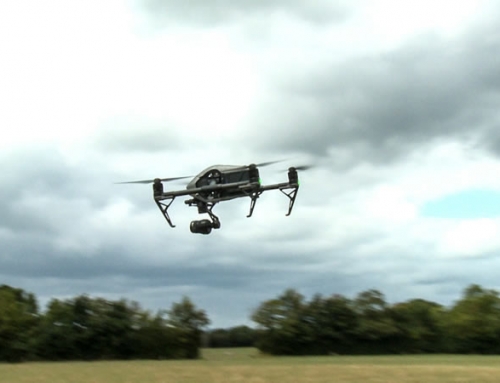Over the last number of years, technology has become an ever-important factor within the agricultural sector. From the farmers perspective these developments in technology can sometimes feel like a case of information overload, prompting the question: what do we do with all this data and how can we realistically turn it into farm profit?
“Enter the role of the data scientist”, explains Clare Clancy who joined the HerdInsights team earlier this year. Clare has an MSc in Statistics from TCD and has spent over 20 years working in a wide range of industries to ultimately achieve the same goal… to drive efficiencies and profitability through data.
“The effect is the same regardless of the industry” says Clare, “by studying real time data it enables us to establish patterns. From here we can then apply a range of techniques to the data to achieve the required goal: in this case accurate and timely estrus and health alerts”.

Clare’s main area of focus since joining HerdInsights has been to review the area of health algorithms. HerdInsights is well established in selling reproductive and health monitoring collars for the last 8 years. As a result, with the volumes of data we have established we have an opportunity to identify even more patterns and generate more information from the data which is ultimately the key to data science. The added benefit to all of this is because HerdInsights is a cloud-based solution all of these developments are automatically updated on the system, so the update of existing systems is a seamless process from the farmers perspective.
So how does this data effect the farmer on the ground? Observing for heat detection and health issues are stressful tasks for the farmer as they are quite often dealing with and making decisions based on the unknown. By using the process of data science, we take the data we obtained from the collar and establish patterns that enable us to remove those unknown factors and provide more certainty to the farmer. “Simply put”, explains Clare, “it allows us to identify better results earlier, which for the farmer means we continue to provide additional alerts earlier”.
A good example of this has been within the area of low grazing – grazing is an important alert as it is a strong signal that an illness is beginning to develop, an animal’s activity or resting patterns may not be affected at the very early stages of illness. Clare explains that “once you are looking at data patterns over an established period of time, the data will very clearly show whether or not an animal is sick. Earlier detection of illnesses provides a wide range of benefits, as earlier treatment means reduced veterinary costs, reduced cull rates and reduced usage of antibiotics”.
“Ultimately the data scientist and the farmer work in a partnership role” says Clare “we extract the data, interpret it and deliver it to the farmer in a way which enables them to make smarter, quicker and more profitable decisions”.






